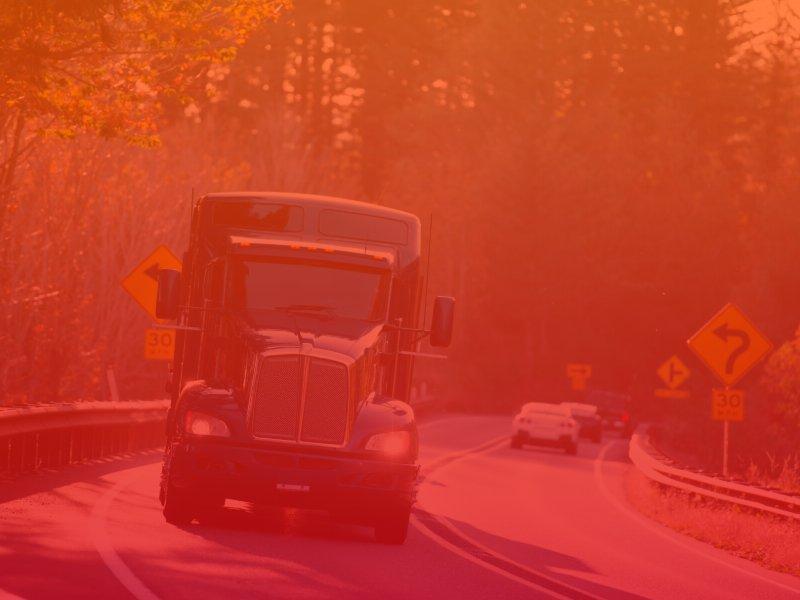What Should I Do After A Jackknife Truck Accident?

However, if a semi truck jackknifes on the road next to or in front of you, it can be impossible to ignore. It may be helpful to understand why trucks jackknife in the first place so that you can spot potentially dangerous situations and react accordingly.
How does a Truck Jackknife?
Generally speaking, jackknifes happen when the wheels of a vehicle lose traction. A big rig has two separate parts: a cab where the driver sits and operates the vehicle and a trailer that holds cargo. Due to the separated nature of these large vehicles, sometimes the trailer will swing out to one side of the cab, forming an “L” or “V” shape as it continues with forward momentum. Too many people assume that this only happens in winter when roads are icy and slick. However, this can happen during any season so it is crucial to know what elements can lead to a loss of traction.
Wheels can lose traction when they start skidding instead of rolling. Skidding happens when a trucker improperly brakes or enters a turn too quickly and the wheels lock, causing the back end of the truck to swing out. Loss of traction can also happen when the backs of trucks are empty, and therefore very light, or when the roads are wet.
In some cases, a trucker can recover from minor swings, but at a certain point, the back end of a truck swings so far outward and forward that there is no way to recover and the truck comes to a stop.
What Should I do After a Jackknife Truck Accident?
While there are technological advances being made to try and prevent or counteract jackknifing, it is essentially up to the trucker to be aware of road conditions and adjust their driving so that they don't get into a dangerous situation. If you've experienced a truck accident, keep your safety a top priority and follow these steps after an accident:
- Check yourself and your passengers for injury
- Call the paramedics if you've sustained serious injuries
- Call the police to help create an accident report
- Take pictures of your injuries and the damages to your vehicle and the truck
- If the damages to the car are not serious, move it off to the side of the road
- Talk to witnesses about what they saw and get their information for questions after the fact
- Contact your accident lawyer as soon as possible
Who is Liable in a Truck Accident?
If you have been in an accident with a jackknifed truck, there may be negligent or reckless conditions to investigate. A jackknife truck accident may implicate more than one party is to blame for the accident.
- The trucking company may take responsibility or be to blame for the accident if the driver was inadequately trained or the trucks conditions were faulty.
- The truck driver may take responsibility for the accident if he or she were distracted or asleep at the wheel, failed to slow down to accommodate for changing road conditions, or recklessly driving.
- A loading company or distributer may take responsibility if cargo was loaded poorly causing the truck to be more prone to tipping over with an unbalanced load.
Investigating these things yourself can be all but impossible. Thankfully, you can work with a Springfield truck accident attorney at Kanoski Bresney to identify these and other factors that may be grounds for a lawsuit.









